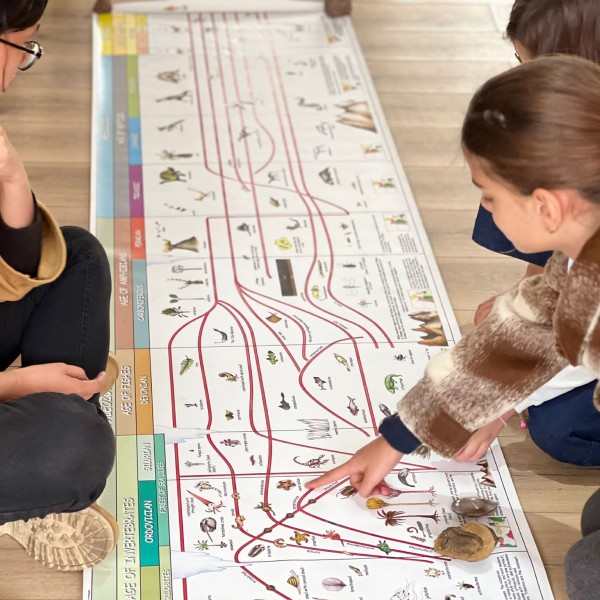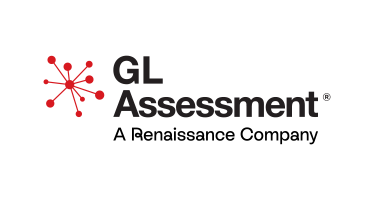Montessori pedagogy explained. Origin, 7 key principles
Montessori pedagogy explained gives a clear, child-centered path to autonomy, concentration, and social responsibility while aligning freedom with consistent limits. Created by Dr. Maria Montessori, the method relies on hands-on materials that make learning visible and self-correcting.

Montessori method, Montessori schools Marrakech, Maria Montessori, Montessori principles
Table of contents
-
What is Montessori pedagogy explained?
-
Origin and global spread
-
Montessori pedagogy explained: 7 key principles
-
Signature materials and the path from concrete to abstract
-
Developmental stages (0–18)
-
Adapting the method in Morocco (Marrakech focus)
-
Comparison with traditional schools
-
Benefits for children
-
FAQ
-
Call to action
1) What is Montessori pedagogy explained?
Montessori pedagogy explained means children choose meaningful work inside a prepared environment. They act, decide, and evaluate outcomes. The adult is a guide who presents precisely, observes, and steps back. Freedom operates within limits: respect people, care for materials, finish what you start. Daily choice and repetition build inner discipline and realistic confidence.
2) Origin and global spread
Montessori pedagogy explained: origin. In early-1900s Rome, Maria Montessori (1870–1952) observed that children thrive when classrooms are orderly, beautiful, and sized to them. She replaced long lectures with brief demonstrations and uninterrupted work time. The approach spread across continents because it scales across cultures and supports independence without coercion. Today thousands of schools apply these ideas, from early childhood through adolescence.
External resources (dofollow): Association Montessori Internationale (AMI) • UNESCO on child-centered learning
3) Montessori pedagogy explained: 7 key principles
-
Child as active agent. Children select purposeful tasks and take responsibility for results. Decision making and repetition build self-efficacy.
-
Respect for individual rhythm. Progress follows the child’s pace. Mixed ability is normal. Mastery matters more than speed.
-
Prepared environment. Everything has a place and a purpose. Order and beauty invite concentration.
-
Guide, not lecturer. Adults observe first, present briefly, and intervene minimally.
-
Freedom within limits. Choice lives inside clear community rules.
-
Control of error. Materials reveal mistakes without stigma; children self-correct and trust evidence.
-
Concrete to abstract. Hands-on work comes first; symbols follow when the mind is ready.
These principles anchor daily practice in Montessori pedagogy explained classrooms.
4) Signature materials and the path from concrete to abstract
-
Practical life. Pouring, spooning, dressing frames, sweeping, and plant care build coordination, focus, and pride in real work.
-
Sensory materials. Pink Tower, Brown Stair, Knobbed Cylinders, sound bells, and rough-smooth boards refine perception and language.
-
Language. Sandpaper letters, sound games, and the moveable alphabet connect sound, touch, and symbol, enabling early writing and reading.
-
Mathematics. Number rods, golden beads, stamp games, and bead chains map quantity, place value, and operations. Control of error supports independent progress in Montessori pedagogy explained environments.
🖼️ Suggested image: child pouring water on a tray. Alt: “Montessori pedagogy explained practical life pouring exercise”.
5) Developmental stages (0–18)
-
0–3: Unconscious absorbent mind. The child soaks up language, movement, and order. Adults protect routine and offer rich vocabulary.
-
3–6: Conscious absorbent mind. Choice, repetition, and sensory exploration dominate. Autonomy and pre-academic skills emerge naturally.
-
6–12: Reason and social imagination. Children seek big stories, research, and collaboration. Projects and moral reasoning expand.
-
12–18: Adolescence and contribution. Identity, real work, and community life matter. Schools link study to enterprise and service.
6) Adapting the method in Morocco (Marrakech focus)
Families in Marrakech and Casablanca value trilingual environments and practical life rooted in local culture. Classrooms may include tea service, care for native plants, or market role-play with Moroccan coins. Montessori pedagogy explained fits national expectations while preserving uninterrupted work cycles and mixed-age groups.
Internal links: Montessori schools in Marrakech • Montessori at home: starter guide • How to observe a Montessori class
🖼️ Suggested image: mixed-age classroom in Marrakech. Alt: “Montessori pedagogy explained mixed-age classroom Marrakech”.
7) Comparison with traditional schools
| Criterion | Traditional school | Montessori school |
|---|---|---|
| Teacher role | Knowledge transmitter | Observer and guide |
| Assessment | Grades and exams | Observation, portfolios, self-correction |
| Child’s role | Passive recipient | Active learner |
| Time use | Fixed program | Guided choice with routines |
| Languages | Arabic + French (sometimes English) | Integrated trilingual pathways |
This contrast explains why Montessori pedagogy explained resonates with families seeking autonomy and structure together.
8) Benefits for children
-
Authentic autonomy through daily decisions
-
Positive discipline rooted in inner motivation
-
Strong multilingual foundations
-
Non-competitive climate that still drives mastery
-
Durable confidence and critical thinking
-
Transferable executive function: focus, planning, follow-through
-
Community-minded responsibility and collaboration
9) FAQ
What is Montessori pedagogy explained in simple terms?
A child-centered method using a prepared environment and self-correcting materials to build autonomy.
Is Montessori pedagogy explained too permissive?
No. Freedom operates within consistent limits and routines.
Does it suit Moroccan schools?
Yes. Outcomes align with national expectations while preserving core practice.
Do families need expensive materials at home?
No. Start with practical life, language games, and a simple reading shelf.
10) Call to action
If you live in Marrakech, observe a class and talk with a certified AMI guide. See Montessori pedagogy explained in action before you decide.
Contact: Book a classroom observation






